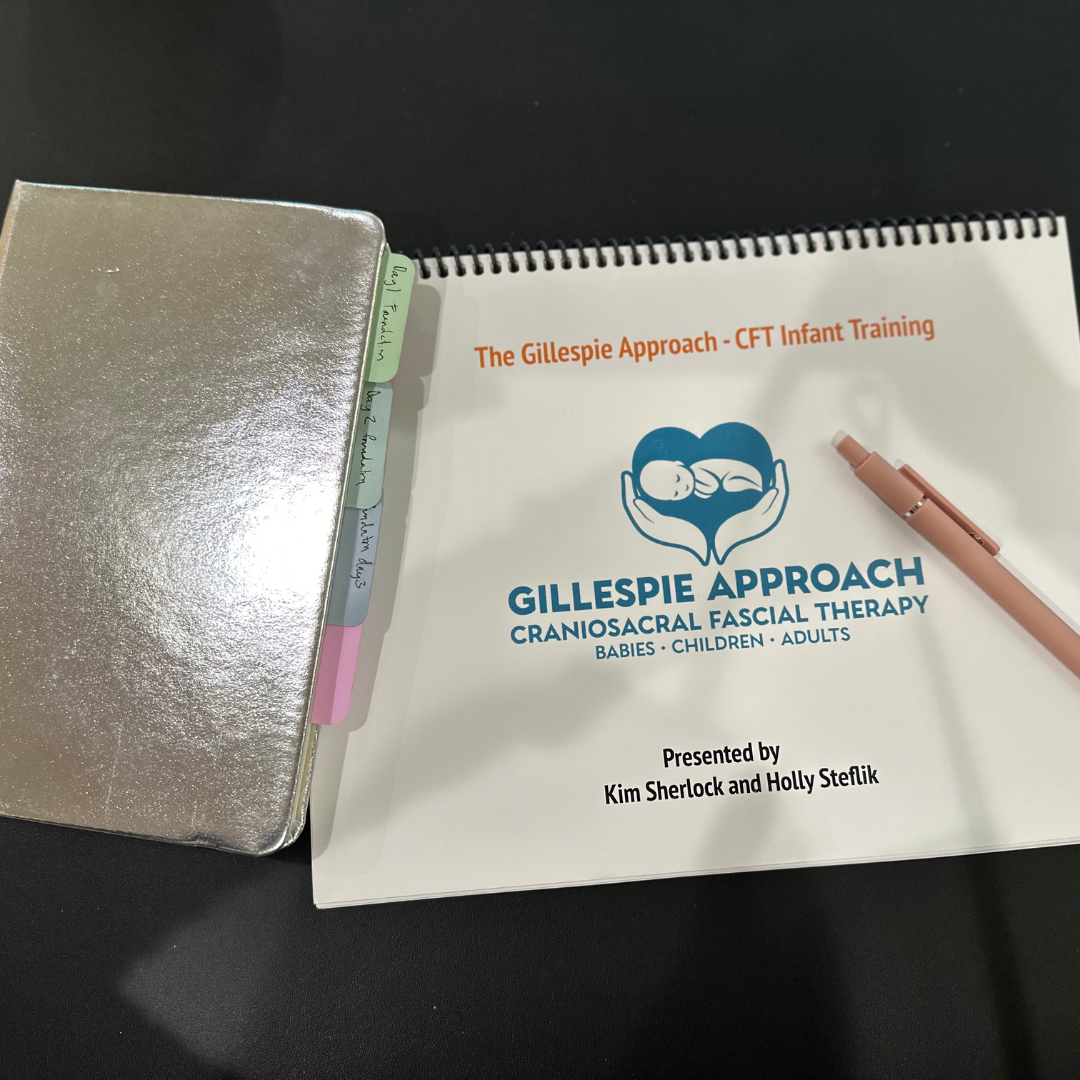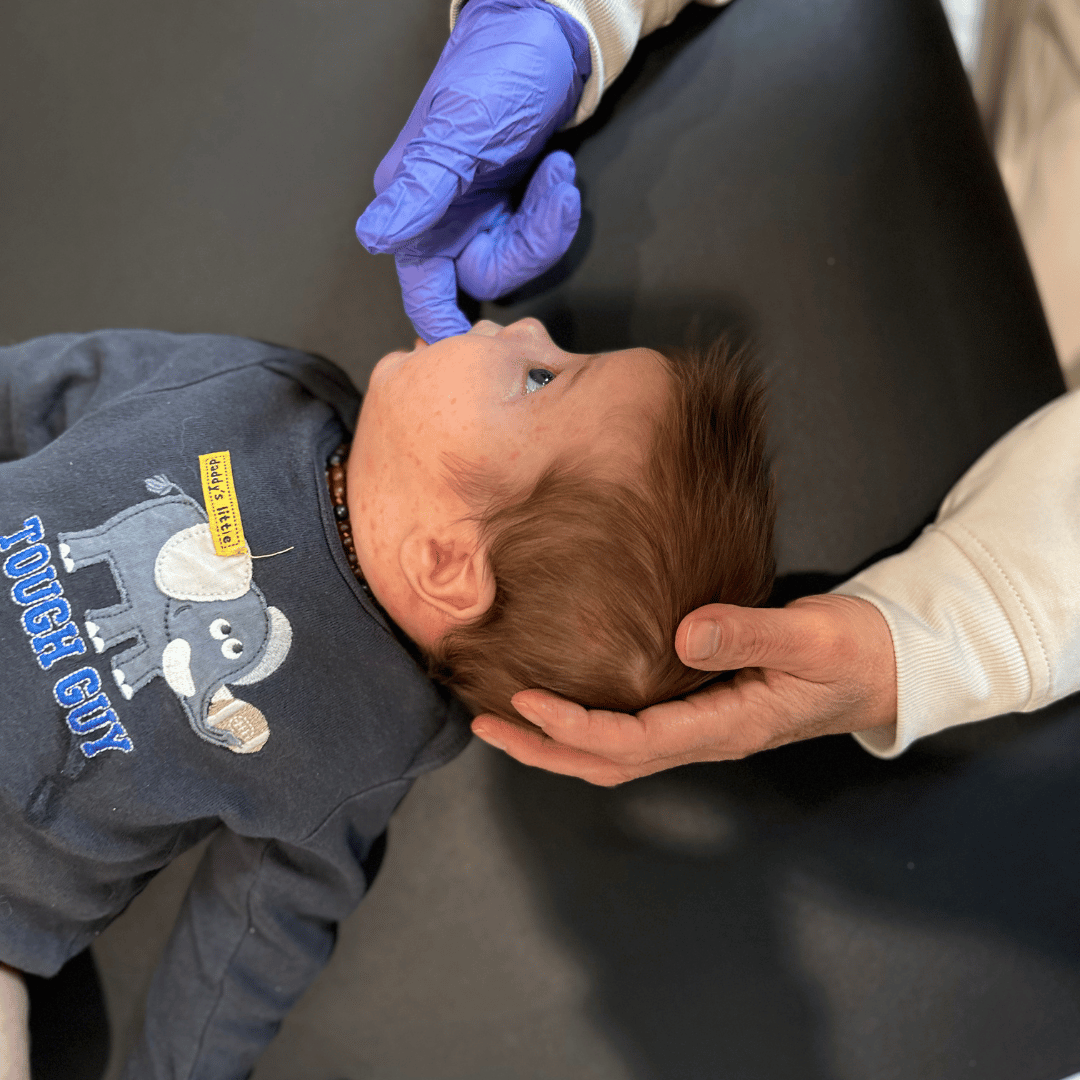Craniosacral Fascial Therapy for Colic, Reflux, and Sleep (2024)
Understanding Craniosacral Fascial Therapy for Babies: A Guide for Parents
Welcoming a new baby into the world is a joyous occasion filled with wonder and excitement. However, it's also a time of great responsibility for parents, who want to ensure the health and well-being of their little ones. When it comes to addressing issues like colic, feeding difficulties, or even sleeping problems in infants, parents often seek alternative therapies beyond conventional medicine. One such therapy gaining attention is craniosacral fascial therapy (CFT) for babies.
In this blog post, we'll delve into what craniosacral fascial therapy entails, how it differs from traditional craniosacral therapy, and the potential benefits it offers for infants.
What is Craniosacral Fascial Therapy?
Craniosacral fascial therapy is an alternative therapy designed to address issues related to the craniosacral system in infants. This system includes the membranes and cerebrospinal fluid that surround and protect the brain and spinal cord. Developed by Dr. Barry Gillespie, CFT focuses on releasing restrictions and tensions within the craniosacral fascial system to promote better health and function.
How Does CFT Differ from Traditional Craniosacral Therapy?
While both craniosacral therapy (CST) and craniosacral fascial therapy share similarities in their approach to treating the craniosacral system, they differ in their focus and techniques. Traditional craniosacral therapy primarily concentrates on the cranial bones, sacrum, and cerebrospinal fluid rhythm, aiming to improve the flow and balance of this system. On the other hand, craniosacral fascial therapy extends beyond these structures to address the fascial system's involvement, which includes connective tissues throughout the body.
CFT practitioners pay special attention to the cranial, respiratory, and whole-body fascial systems, aiming to release tension and restrictions that may affect a baby's overall health and development.
Fascial System:
Fascia, a connective tissue, envelopes muscles, organs, and bones, offering structural support and facilitating communication between different body parts. Fascial holds the skeletal, digestive, pulmonary, and oral tissues of the body together. When there is imbalanced tension in the body it can affect an infants oral function, respiration, digestion, and ability to move freely and without discomfort. This treatment is different than traditional CST, in that there is more facilitated movements. Your therapist might support your infants cranium (head) or sacrum (hip area) and then use skilled movements to encourage fascial release. It’s remarkable how quickly infants respond to this intervention.
Benefits of Craniosacral Fascial Therapy for Babies
Improved Breastfeeding: Many infants experience difficulties with breastfeeding due to issues such as poor latch, tongue tie, or sucking problems. CFT can help release tension in the jaw, neck, and mouth, making breastfeeding easier and more comfortable for both baby and mother.
Relief from Colic and Digestive Issues: Colic, reflux, and other digestive issues are common concerns for parents of newborns. By releasing tensions in the abdominal fascia, CFT may help alleviate discomfort and improve digestive function, leading to reduced episodes of colic and reflux.
Enhanced Sleep Patterns: Babies who struggle with sleep disturbances often benefit from CFT sessions. By releasing tension in the craniosacral and fascial systems, CFT promotes relaxation and may help regulate sleep patterns, leading to longer and more restful sleep for both baby and parents.
Support for Developmental Milestones: As babies grow and develop, they may encounter challenges such as delays in motor skills or asymmetrical movement patterns. CFT aims to address these issues by releasing restrictions in the fascial system, promoting optimal alignment, and supporting healthy developmental milestones.
Alleviation of Birth Trauma: The birthing process can put significant strain on a baby's body, leading to birth trauma such as cranial molding or compression. CFT sessions can help release tensions and realign structures affected by birth trauma, promoting a smoother transition to life outside the womb.
What is Craniosacral Fascial Therapy Like
CFT involves a trained therapist employing gentle touch techniques to assess and address any potential restrictions or imbalances within an infant's craniosacral and fascial systems. These non-invasive maneuvers aim to promote relaxation, alleviate tension, and support the body's innate healing mechanisms.
Sessions typically take place with the infant clothed and lying down in a comfortable setting. The therapist's hands engage in precise, calculated movements that respond to the infant's unique cues. This personalized approach aims to foster relaxation and restore balance within the body.
Conclusion
Craniosacral fascial therapy offers parents a gentle and non-invasive approach to addressing common issues faced by newborns and infants. By focusing on releasing tensions in the craniosacral and fascial systems, CFT aims to promote overall health, well-being, and optimal development for babies. While it's essential to consult with qualified healthcare professionals for any concerns regarding your baby's health, CFT can be a valuable complementary therapy to consider on your parenting journey.





